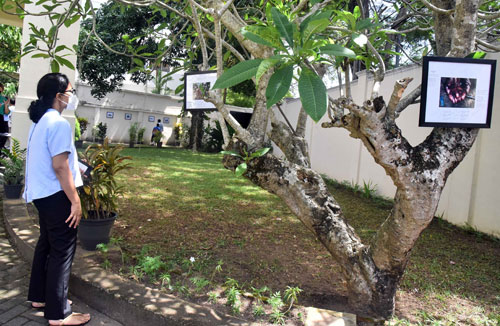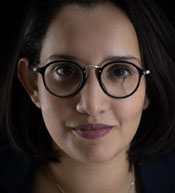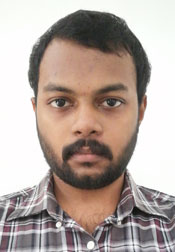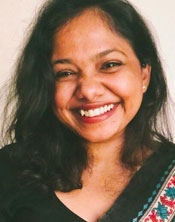Changing lives of Palankudi community: Capturing their own stories

The exhibition, Memories from the Margin. Pic by Indika Handuwala
The coastal indigenous communities, called the Palankudi, are found along the eastern coast in Trincomalee and Batticaloa. ‘Palankudi’ which translates to ‘tribe’ or ‘indigenous’ in Tamil is the term adopted by the community instead of ‘Veddah’.
The Palankudi separated from their original tribe and at some point formed their own culture and identity, with a distinctive way of life as Vellamai Seithal, the practice of traditional agriculture.
A research project carried out by the Social Cohesion and Reconciliation thematic of the Centre for Poverty Analysis (CEPA) studied the war-time and post-war context of the Palankudi communities of Santhosapuram and Verugal in Trincomalee, focusing on their displacement and resettlement experience and their culture, traditions and history. The project was Initiated a year and a half ago, with funding from the Think Tank Capacity Building initiative.

Natasha Palansuriya
“The strength of the research was also the methodology in that we were acting as the mediators. The story comes from the community, right up to the terminology – they identify themselves as Palankudi and that is the consensus we are carrying forward as well,” says Natasha Palansuriya, a doctoral candidate and the senior research professional .

Shaneendra Amarasinghe
As a result of the war, the livelihoods of the Palankudi have evolved to adapt to external pressures from displacement, resettlement, abject poverty, cultural assimilation, and land grabbing, which are further compounded by a lack of institutional recognition.
The participatory research involved groups of youth who were given disposable cameras – the first time many of them saw a camera – and were asked to capture an image that was significant to them that would bring out an important point about the Palankudi community and their narrative. The researchers at CEPA then gave the narrative a fundamental

Thamindri Aluvihare
academic outline, “for instance, they would speak about issues such as land grab or militarisation. They would talk about the issue but not in those terms so what we did was triangulate and give that academic framework and validation so we can carry the conversation forward,” explains Thamindri Aluvihare, a senior research professional.
Out of the 133 images taken, 20 images were displayed this past week in a photography exhibition titled ‘Memories from the Margin’ at CEPA.
The exhibition was curated by Natasha, Thamindri, and Shaneendra Amarasinge, a junior research professional. The researchers also co-authored the policy brief that was introduced at the start of the exhibition.
The exhibition catalogue can be viewed at www.cepa.lk/memoriesfromthemargin/
Searching for an ideal partner? Find your soul mate on Hitad.lk, Sri Lanka's favourite marriage proposals page. With Hitad.lk matrimonial advertisements you have access to thousands of ads from potential suitors who are looking for someone just like you.


